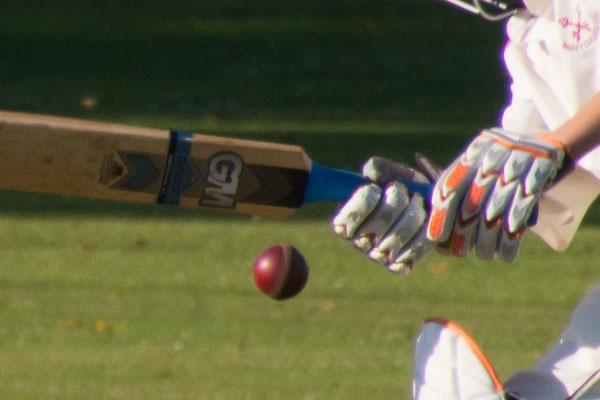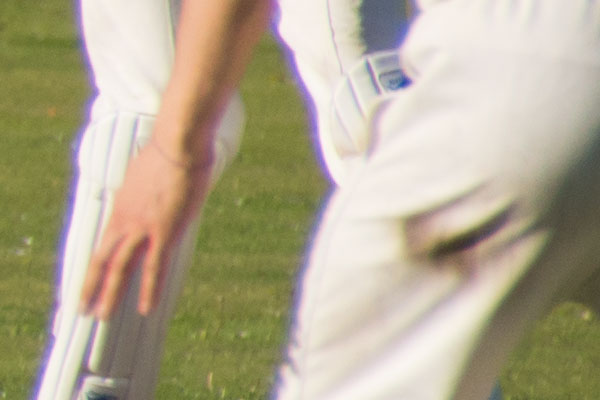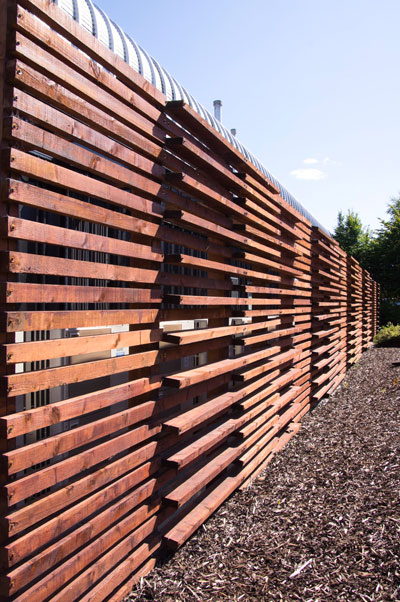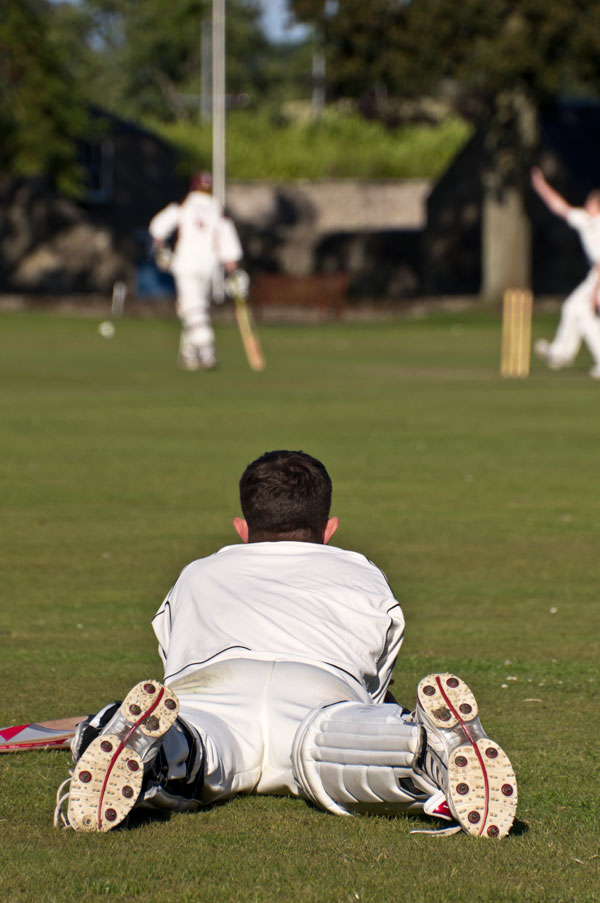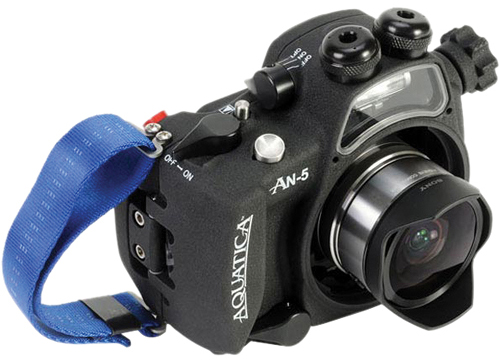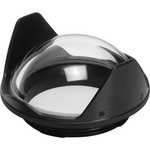Creep no more! The LensBand.
Though their website shows a very different way of using this theme park wristband repurposed – the LensBand anti zoom creep device – it just happens to fit many Sony zooms perfectly without stretching it into position to lock barrel to collar.
By fitting the LensBand exactly over the joint between the zoom ring and static lens barrel, you can create a much smoother damped zoom action and prevent the zoom from tromboning when carried, or creeping during long exposures when the camera is angled up or down. This issue is not tackled by stabilisation and very small amounts of zoom creep can affect exposures as short as 1/30th without your realising. You don’t get why the zoom appears to be not so sharp – that’s because you do not realise you, or gravity, have caused a tiny shift in focal length during the exposure.
These silicone rubber bands are not expensive, and they can also be used to provide extra grip on zoom or focusing rings. We chose two colours as the best for Sony Alpha – orange and black! At the end of this article you’ll find a link to our associates at The Photostore (Adrian, for a decade the manager of the Minolta Club) who have both these wonderful rubbery colours in stock.
Here’s Mr Orange fitted to a very first batch 16-80mm CZ zoom which has become slack enough to extend itself when strapdangled. By positioning the band centrally over the seam, leaving the focal lengths just visible and the focusing window clear, the lens is transformed. The zoom action becomes super-smooth and the lens does not shift at all. The elasticity of the LensBand is 100% perfect for this zoom. You can yank it over the back of the zoom ring closer to the camera, at one side, to increase the lock effect but in practice this position works full time. It locks, and prevents creep, and also radically improves the feel of the lens zoom.
As you can see, it also looks pretty funky and matches the orange lens not-a-seal-just-a-decoration bit on the Alpha 55 mount.
But for a Sigma 70-300mm Apo Macro – one of our favourite lenses despite past histories of stripped gears, since no other lens does the same thing in terms of focus range and pure sharpness – the black band looked better. This time, the fit is a little tighter but the band forms a cone shape gripping between zoomring and barrel. It prevents the rather slack zoom of a brand new 70-300mm Siggy from causing havoc. Between 150 and 250mm, this zoom will tend to self-extend if aimed downward (or collapse back when tracking those same old BIFs and airshow targets beloved of dPreview boringphoto posters!).
You can see that this new band collected dust and skinbits instantly – it really doesn’t matter if you have just spent 15 minutes in a bath, the human body sheds a couple of million sensor dust specks every hour and your fingers are a magnet for silicone rubber. Black always looks worse – the orange band stands up to our macro lens photography a bit better.
The band bridges a fatter zoom ring to a narrow diameter lens barrel. This still works. By moving the band just 1mm either way, the tension or damping effect on the zoom can be controlled precisely. This particular lens was improved 200% in feel by fitting the band. It was also made usable on a tripod when aimed down or up.
Well, there it is. Could not really be a simpler concept (we’ve done it with fat rubber bands – one Photoclubalpha member reports using a band found holding together a bunch of broccoli). But these robust, one-size-fits-all-except-tiny-microfourthirds LensBand alternatives are clearly a better choice.
No, they don’t fit the 70-400mm SSM G. For that you need the inner tube of a hobbit bicycle tyre, or perhaps a couple of sand eels knotted together. Or one big one in the fashion of the Worm Orobouros. One day, we’ll tackle that; at the moment, our 70-400mm SSM G is solid enough not to slip. Another really rocksolid lens seems to the 16-105mm Sony SAL zoom, lovely firm action; and the Tamron 18-200mm E for NEX feels like it won’t get loose for years.
You find the LensBand for sale all over the place, but in UK, for orange and black, visit:
Adrian Paul also has loads of small accessories and he can get almost ANY Sony Alpha part or product to order – faster than most retailers. He is an authorised Sony Alpha supplier and has 25 years plus in-depth knowledge of the system.
For worldwide orders, B&H in the USA stocks all the colours, even the ugly ones which look nice on Canon lenses!














